Breaking the mould at Burton-in-Lonsdale pottery
and live on Freeview channel 276
Regrettably I left out the story of Bradshaw’s Pottery.
The following article is an attempt to rectify this; and to try and build a larger picture of the history of pottery in Burton.
Bradshaw’s Pottery or Bridge End Pottery is the pottery with the prominent large round kiln in the foreground of the classic photograph of Burton-in-Lonsdale taken in 1870 (before the old Chapel of Ease, to right of the new church, was demolished).
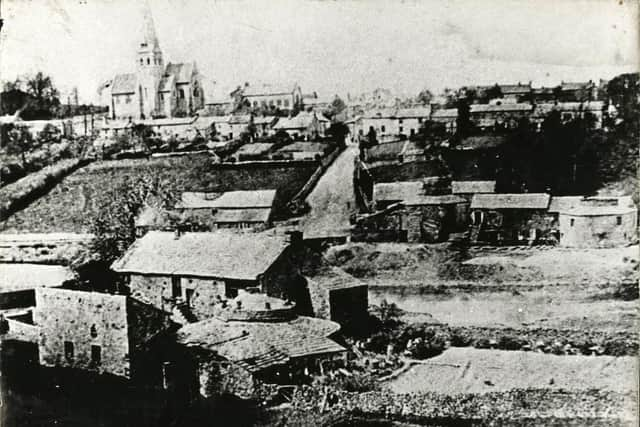

Advertisement
Hide AdAdvertisement
Hide AdJoseph Bradshaw built Bridge End Pottery or Bradshaw’s Pottery as it was better known in 1770 after working as a thrower at one of the other Burton potteries for a decade prior to this.
Joseph was born in Staffordshire in 1736. It is possible that he was born at Norton le Moors (very close to Burslem, the heart of the Stoke pottery industry).
According to the Dalesman magazine of 1949, Joseph moved to Burton around 1760, which would make him 24 years old at the time.
The year prior to this event another Staffordshire potter of a similar age to Joseph founded a new pottery in Burslem, Staffordshire.
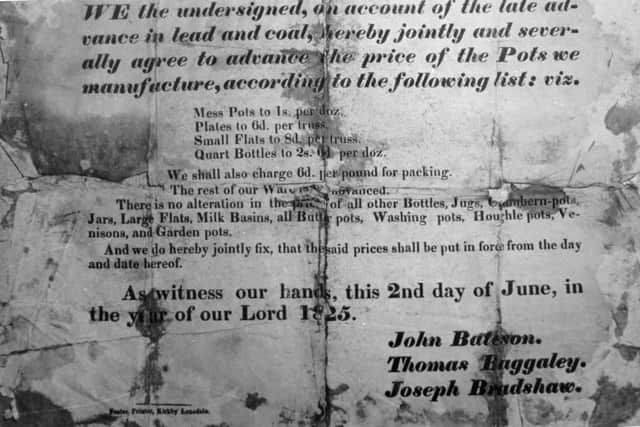

His name was Josiah Wedgwood.
Advertisement
Hide AdAdvertisement
Hide Ad“Joseph Bradshaw married Esther Rumney at St. Mary’s in Lancaster on April 12 1762, the documentation for the grant of the marriage licence showing that he was “Joseph Bradshaw of Black Burton in the county of York, potter”…. (“The History of the Parker, Firth and Associated Families”, published by Julia Henderson, Acorn Family History Services, 2020)
Joseph Bradshaw was definitely moving against the tide leaving Staffordshire in 1760.
So given that it is very doubtful Joseph was forced out of work due to unemployment or even impending unemployment, we can only assume that he went to Burton voluntarily.
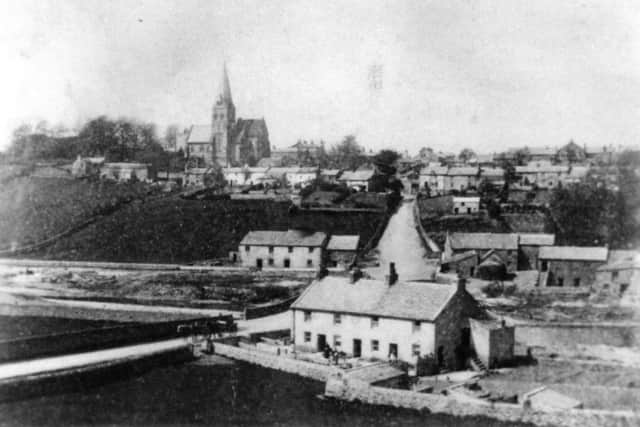

The best theory I can come up with for Joseph’s relocation is that one of the Burton potteries perhaps lost one of their main throwers and needed a replacement quickly.
Advertisement
Hide AdAdvertisement
Hide AdThe Burton pottery in question possibly had a contact with a Staffordshire pottery or even a company in Staffordshire that supplied some of the sort after fine clays that were being imported to Staffordshire from Devon and Cornwall.
The Burton Pottery thus dually dispatched a letter asking if they knew any thrower that would be interested in
moving up to Burton.
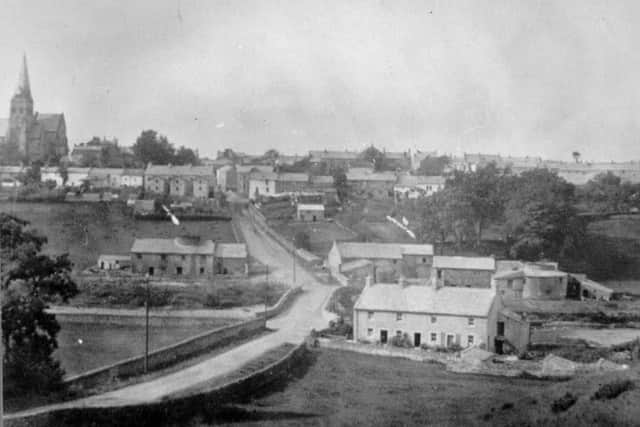

Somehow Joseph was approached regarding this.
I am not sure which Burton pottery he worked at prior to building his pottery, it can’t have been Waterside Pottery, Greta Pottery or Greta Bank Pottery as these had yet to be built.
I think it would have been one of the old established larger potteries, so probably Town End Pottery, or the Baggerley Pottery.
Advertisement
Hide AdAdvertisement
Hide AdJoseph would have been employed making terracotta country ware pottery, perhaps with some slip decoration.
This was the days before the demand for stoneware bottles.
Despite the Lancaster Guardian article of 1875 claiming that wages around this time were very meagre, Joseph was able to save enough money to purchase land and build his own pottery after ten years of working in Burton.
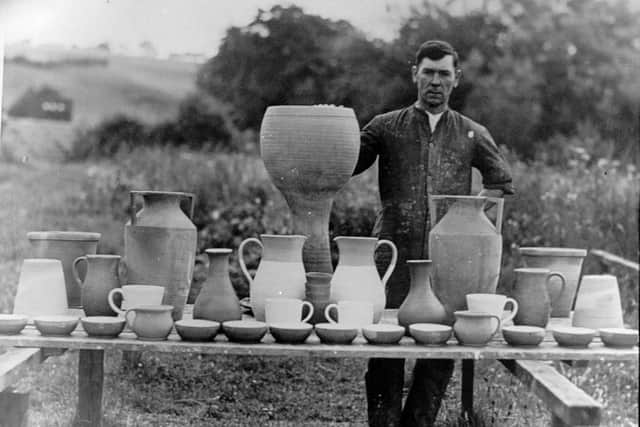

Interestingly the land Joseph bought was on the south side of the River Greta, which is actually in the township and parish of Bentham and not Burton, so in a way Joseph built the first Bentham Pottery.
Joseph named the pottery Bridge End Pottery and went into production around 1870.
Advertisement
Hide AdAdvertisement
Hide AdThe previous year Josiah Wedgwood had opened his third pottery, the iconic Eutoria Works.
Joseph would have continued producing country pottery wares as demanded by the locality, using the Burton black ware/terracotta clay dug open cast around Mill Hill (near Greeta House).
A few shards of pottery have been dug up in the garden where the kiln of Bridge End Pottery once stood and they reveal terracotta clay with some white slip trailing and a lead glaze.
Joseph would probably own a horse and cart for transporting pots to market.
Advertisement
Hide AdAdvertisement
Hide AdI would guess that six to eight people would have been employed in total.
Joseph died at the age of 76 in 1812, which was a ripe old age for a potter at this time, especially for a potter working with a lead glaze. Joseph Bradshaw outlived Josiah Wedgwood by 17 years.
Both men came from a similar background, both were dedicated to pottery, arguably with very different outcomes and achievements but none the less interesting lives.
Joseph passed on the pottery to his son, Robert Bradshaw. Robert worked the pottery with his brother Joseph Bradshaw until 1822 when Robert died. Joseph inherited one sixth of the pottery alongside Roberts’s children. Joseph continued working the pottery with his son Thomas under a lease.
Advertisement
Hide AdAdvertisement
Hide AdOn 3/9/1835 Joseph’s son Thomas Bradshaw bought Bridge End Pottery for the sum of £290.
Thomas died in 1840, whereupon his brother John leased the pottery before taking on the mortgage for it on 12/08/1867.
John Bradshaw then worked the pottery with his brother Benjamin Bradshaw.
The pottery left the Bradshaw family when it was sold on 31/12/1885.
Advertisement
Hide AdAdvertisement
Hide AdIt was bought by Thomas Coates from the Baggeley Pottery on the opposite side of the river to Bridge End Pottery for the sum of £150. Thomas Coates immediately closed it as a pottery.
This was probably a strategic step by Thomas to eliminate competition.
Thomas converted the pottery into three cottages that still stand today.
He sold the cottages in 1888 to Anne Eccles of Clifton Gloucester for the sum of £350.
Advertisement
Hide AdAdvertisement
Hide AdIf you are interested in learning more about the history of Burton-in-Lonsdale and particularly the pottery industry, then you may be interested in the recently published “The Last Potter of Black Burton”, written by Lee Cartledge of Bentham Pottery.
The book is available for purchase at the pottery (where you can get a signed copy), or on Amazon at (https://amzn.to/2VVHDzL).